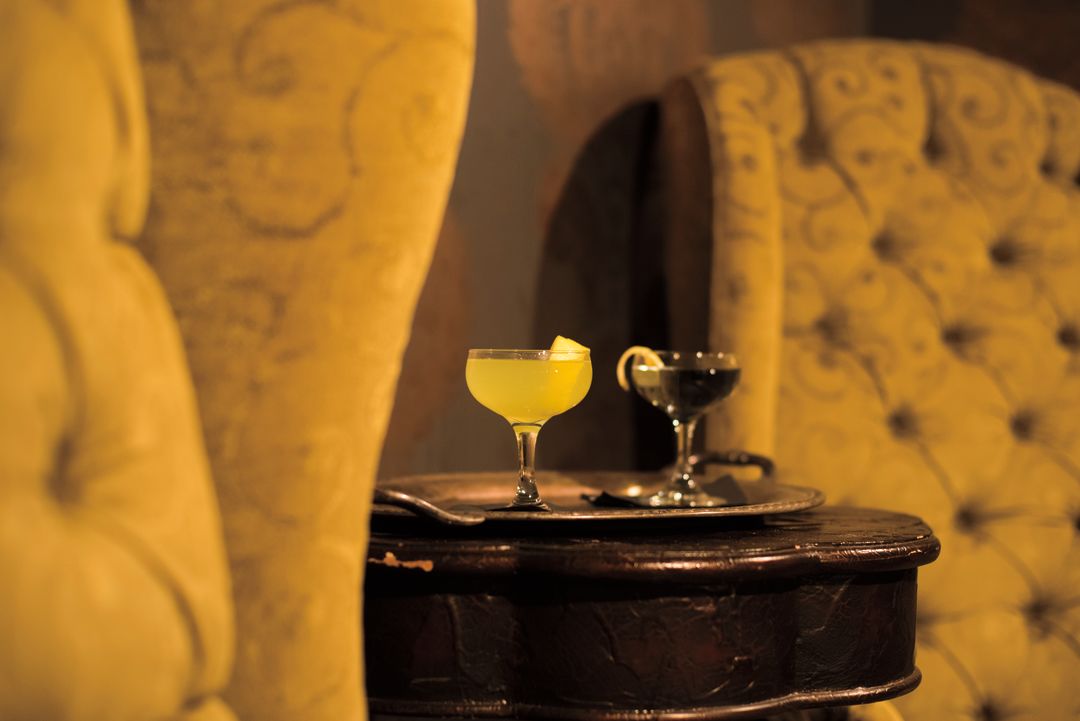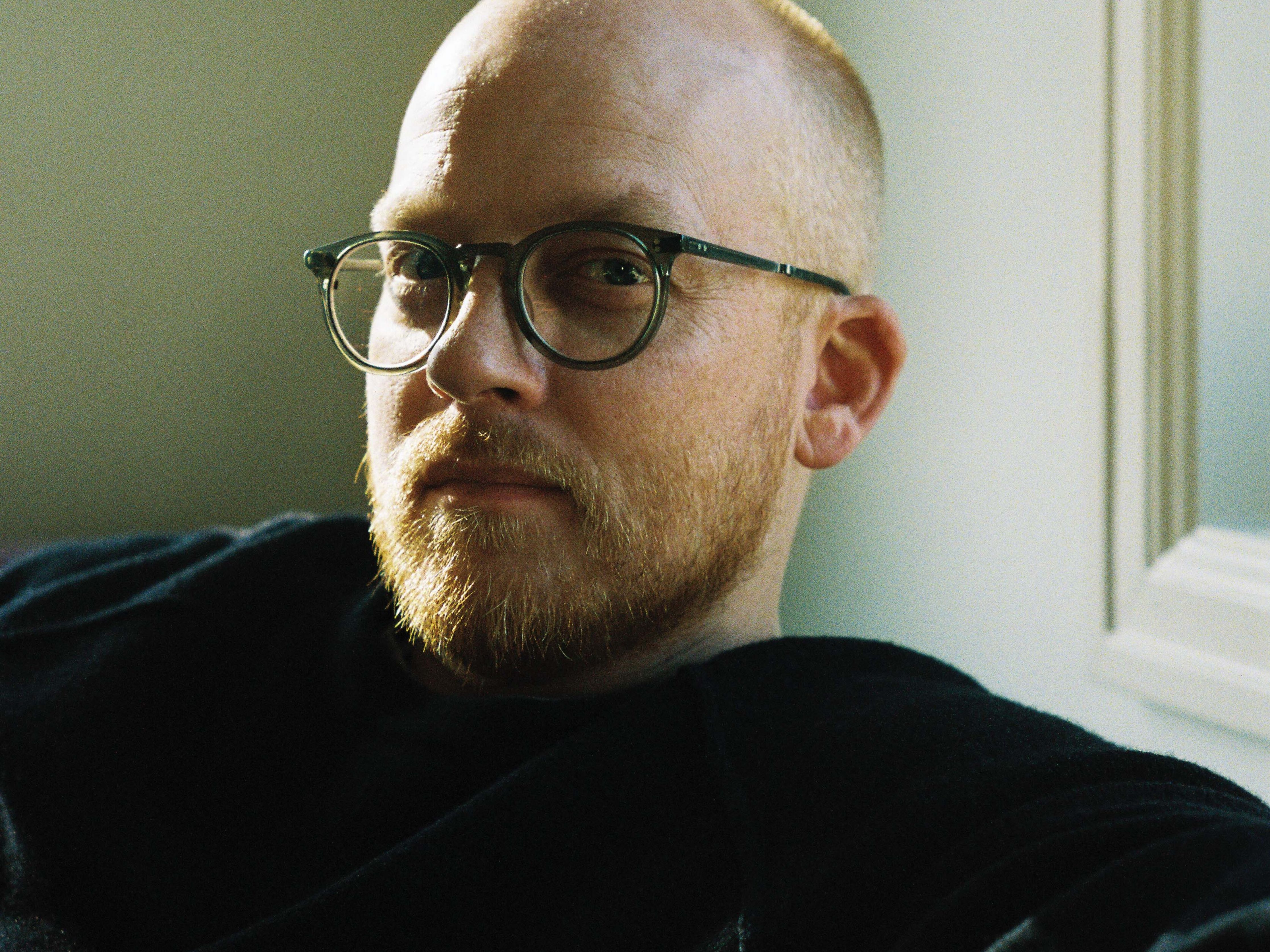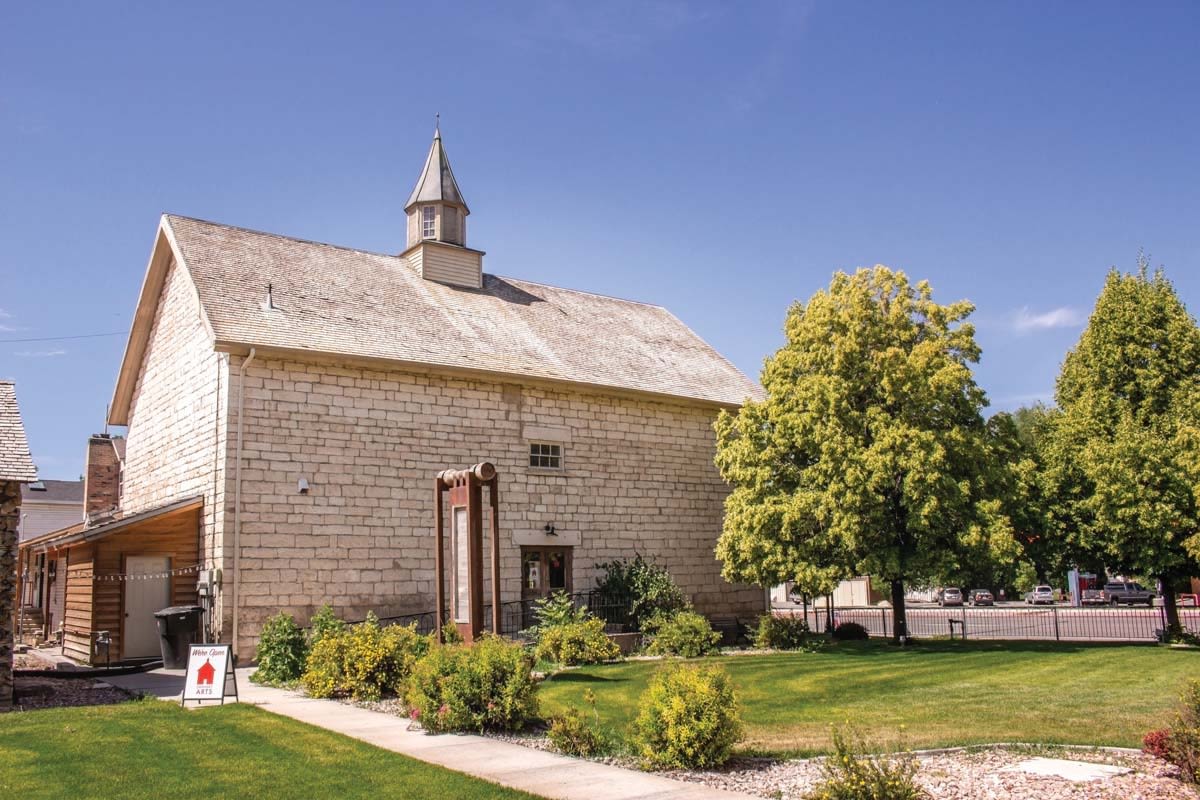Absinthe Minded

Depth in the Evening (foreground), O.P. Rockwell's take on Hemingway's classic absinthe cocktail.
Image: Mark Maziarz
Banned in 1915 in France and (unfairly) blamed for causing fevered hallucinations, the spirit called absinthe is making a stealthy comeback. Since production resumed in 2007, both here in the US and in Europe, the allure of the so-called green fairy has captivated us with its lore as the favored drink of 19th-century bohemian artists and writers. As the water releases the oils of the herbs, the liquid takes on an ethereal, opalescent character called la louche.
And then there’s the revival of the slow-drip ritual of the absinthe fountain, likely fueled by the au courant passion for ever-more-complex craft cocktails. But what is absinthe, exactly? And who—or what—is this green fairy?
Utah-based wine and spirits educator Jim Santangelo describes absinthe as “a neutral spirit infused with myriad herbs and botanicals centering around anise, fennel, and a specific type of wormwood, artemisia absinthium, the key ingredient for absinthe’s signature musky, floral note.”
On its own, absinthe is an acquired taste: complex yet bitter and definitely potent. A little goes a very long way; hence, the addition of water, which Santangelo says is essential. In many settings, including Salt Lake City’s Under Current bar (279 S 300 East, undercurrentclub.com), the water mixer is elevated to ritual: ice water drips slowly from a decorative glass fountain into aperitif-size glasses of absinthe, either over a sugar cube suspended on a slotted silver spoon or directly into the glass, softening the flavor and bringing out a world of nuances. As the water releases the oils of the herbs, the liquid takes on an ethereal, opalescent character called la louche.
A compound called thujone, contained in wormwood, was once considered the reason absinthe supposedly addled the brain. But historians have defeated that myth. The cause was simply sheer overindulgence of a spirit that was sometimes 70 percent alcohol and often consumed as a chaser to several other spirits. The idea of the green fairy—a translation of la fee verte—adds to its mystique. It’s a long-revered and affectionate nickname for absinthe and its characteristic greenish color, but may also refer to an absinthe-conjured apparition thought to inspire artistic and poetic enlightenment.




































